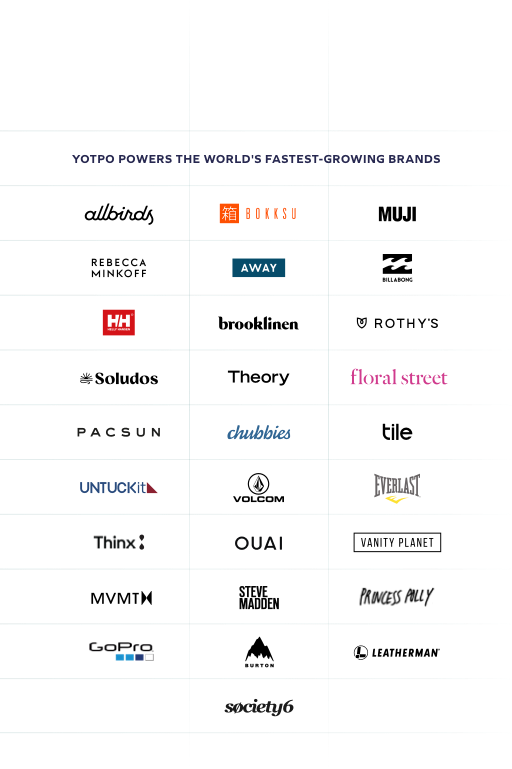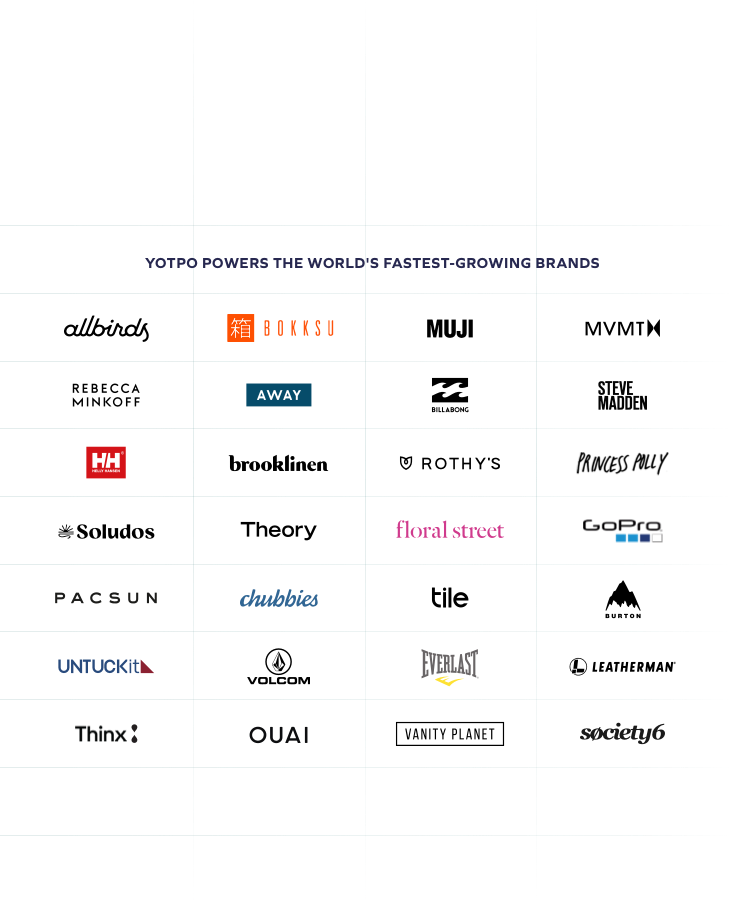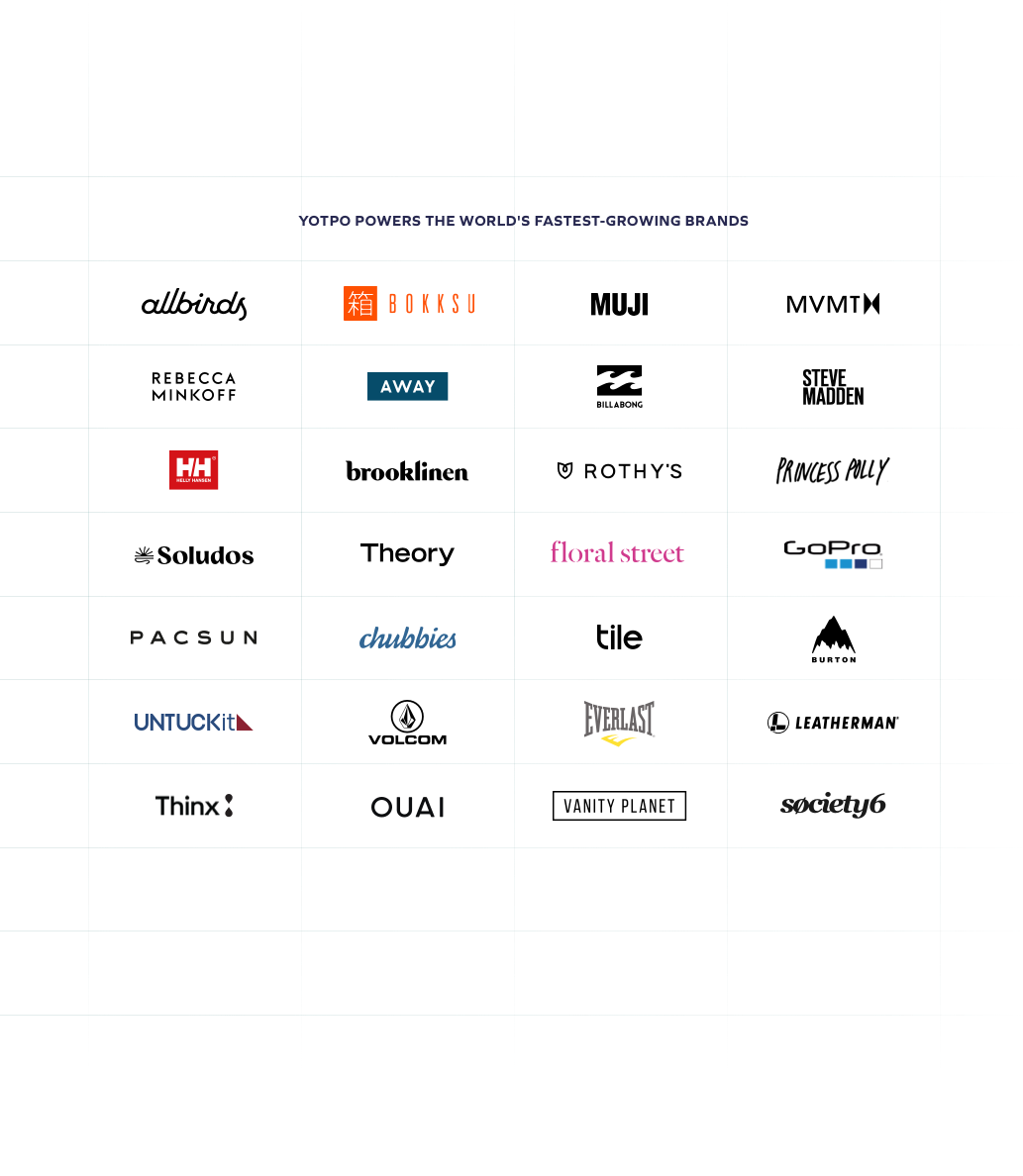Ezra Firestone has over ten years of experience in online commerce.
Not only has he launched several seven- and eight-figure businesses, he is also the founder of Smart Marketer, one of the top online training programs for store owners.
In this Q&A session, he shares the strategies online businesses need to adapt as social commerce becomes a bigger part of the customer experience.
This is the first in a two-part interview series with Ezra.
The future of social commerce
Over the last 3 or 4 years, social has caused this huge shift in how people find sites.
Social has brought us a contextual, visibility-driven ecosystem, meaning the way that people are finding brands is via context and not query.
Before this, traffic and visibility were query based, whether through search (Google, Yahoo!, Bing, etc.) or from comparison shopping engines (eBay, Amazon, PriceGrabber, TheFind, etc.)
People needed to look for you to find you.
But today, social networks put the power of visibility in the store’s hands. Query is still around, but its impact is dwindling. It’s become too expensive and hard to get.
When I first got into the game, the only piece of context that we had on visitors was one data point: the website they were visiting.
We could say, ‘Hey Google, show this ad to someone who is visiting a website about cats.”
But since these social networks are so ingrained in people’s lives, they all have thousands of data points on each individual user.
Now we can use multi-point, contextual targeting.
We can say, ‘I want someone who is this age, this gender, interested in this, with this buying behavior.’
Before, we had very limited data on visitors to our site. Now we can use multi-data-point contextual targeting, and that’s the big difference. It changes the entire sales cycle.
Ezra: Now, not only are we starting the sales cycle on social, but we are continuing it, finishing it, following up with people through integrations like Facebook Messenger, and providing support via social channels.
This is the next wave of eCommerce, which I’m calling integrated social commerce. It’s integrated because the entire customer journey has multiple touchpoints on social.
2017 is the year of integrated social commerce making its coming out party into the eCommerce world. It is somewhat available right now, but it is going to get even better in 2017.
By 2018 it is going to be a huge, huge factor for every business, and one-click purchasing on social will take over.
Customer experience in the spotlight
Ezra: I am big on engaging with people where they are, instead of trying to force them into my little bubble of what I think about them.
Right now, people are on messaging apps.
People have Facebook Messenger or text messaging, they are chatting, they are on WhatsApp; and there is not a lot of email or phone communication, especially in the younger demographic.
So you have to have a messaging strategy and be on messenger-driven channels.
When it comes to customer experience, it’s all about communication, engagement, and content. We strive to do this with BOOM! by Cindy Joseph.
You need to strike a balance between direct response – wanting to make a sale – and community engagement.
I look at my business in 3 pillars:
- Awareness and acquisition – This applies to people who do not know about me yet. We are extremely aggressive in our messaging, and we are trying to tell a story.
- Retargeting – Once people know about us and have engaged with us, then our style of communicating, our content, becomes much more brand-focused, a little softer, less salesy.
- Loyalty – When they become customers, our messaging there is even less intense and more focused on storytelling and content, as well as asking for shares and other social activity.
Framing it this way gives us a canvas for the different segments among our customers. You have to do the best you can to tailor the experience to how they want to engage with you.
So it’s important to try to be on all of the platforms that are available to you and to have content for the different segments of your prospects and customers.
That can feel daunting for people, so I tell folks to pick one channel and focus on getting good at it.
Pick whatever channel you think is best for your brand, and then expand to other channels.
Ezra: The faceless eCommerce store is dead.
In the social economy that we engage in, the idea of a brand that just has a bunch of different products – and has nothing beyond being a faceless, product-driven eCommerce store – is gone.
Top Takeaways
Social commerce is at the center of every stage of the customer experience. Increase visibility and engagement by building a brand with a clear personality.














 Join a free demo, personalized to fit your needs
Join a free demo, personalized to fit your needs